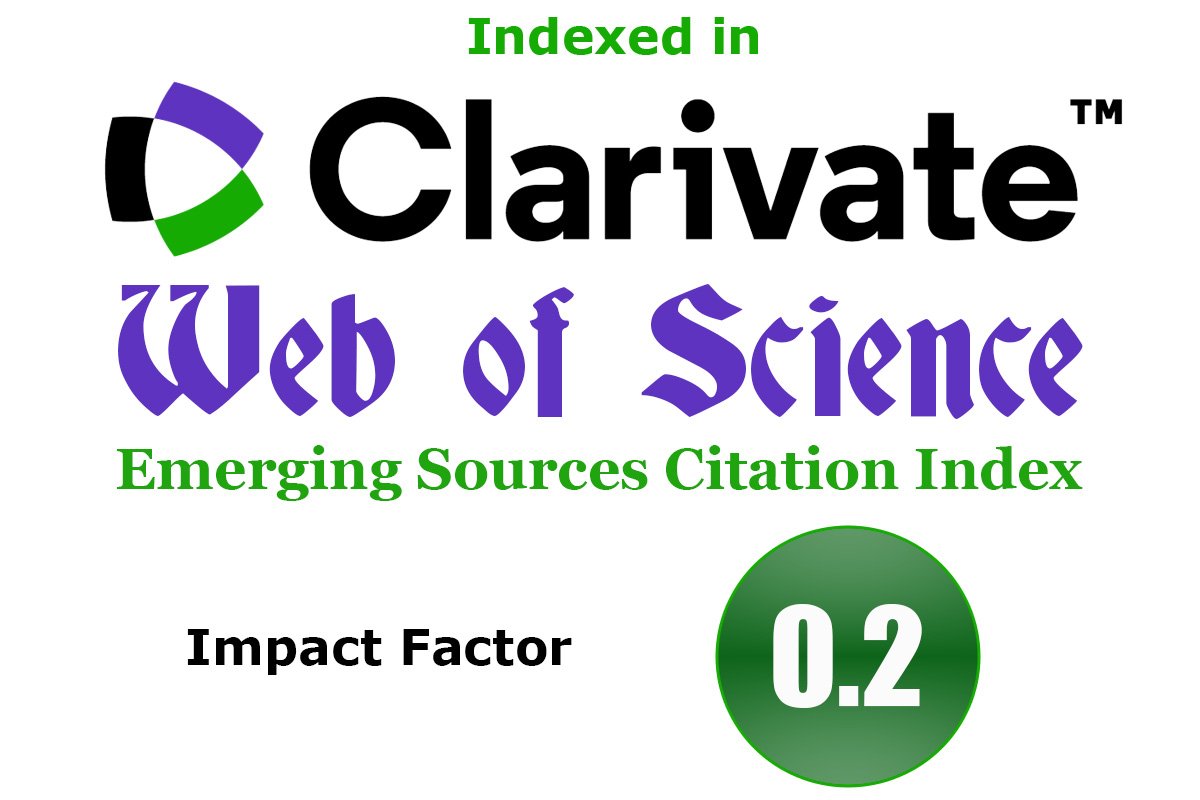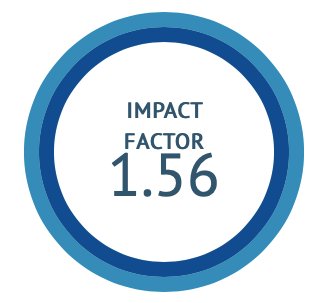Management of Vipadika (Palmoplantar Psoriasis) by Jalaukavcharana (Leech Therapy) - A Pediatric Case Report
DOI:
https://doi.org/10.47552/ijam.v16i1.5177Keywords:
Kshudra Kushta, Palmoplantar psoriasis, VipadikaAbstract
Vipadika is a dermatological disorder related to Teevravedana (extreme pain) and Panipadasphutana (cracking of the palms and soles) described under the concept of Kshudra Kushta. It mostly results from an imbalance of Vatakaphadosha, the two basic constituents in Ayurveda that represent air and phlegm. This dermatological illness is linked to Kshudra Kushta and can be related to the concept of Palmoplantar Psoriasis in conventional medicine. This type of psoriasis typically affects the skin of the palms and soles. This case report of an 8-year-old male child with palmoplantar psoriasis (Vipadika) demonstrates the severe debilitating nature of the condition. The child has been experiencing foot soreness, occasional bleeding, peeling, and discoloration from fissures across both hands and both feet for the past 2 years. Aims and Objectives: The main objective is to improve the patient's quality of life by relieving their symptoms of palmoplantar psoriasis (Vipadika), with a particular emphasis on minimizing pain, bleeding, and skin abnormalities. Methods: The treatment approach involved Raktamokshana (Bloodletting) by Jalaukavcharana (Leech therapy) followed by local application of Sarjarasa Malhara topically for 1 month. Shamana Aushadis, including Panchtikta Grutha, Khadirarishta, and Arogyavardhini Vati, known for their anti-inflammatory and skin healing properties were employed additionally to address the underlying causes and symptoms of Palmoplantar Psoriasis (Vipadika). Observations and Results: Excellent improvement in Palmoplantar Psoriasis (Vipadika) symptoms, such as decreased pain and bleeding, and commendable skin tissue recovery with ESIF Score of 15, m-PPPASI score of 21.4, DLQ Index of 5, PGA and VAS on the milder side were noted. Earlier the ESIF Score was 89.59% and then it improved to 31.25%, similarly, the m-PPPASI score that was 80% improved to 29.73% after following the recommended treatment regimen for 2 months. This suggests that the Ayurved Treatment Protocol incorporated in this patient successfully treats Vipadika (Palmoplantar Psoriasis).
Downloads
Published
How to Cite
Issue
Section
License
Copyright (c) 2025 International Journal of Ayurvedic Medicine

This work is licensed under a Creative Commons Attribution-NonCommercial-ShareAlike 4.0 International License.
The author hereby transfers, assigns, or conveys all copyright ownership to the International Journal of Ayurvedic Medicine (IJAM). By this transfer, the article becomes the property of the IJAM and may not be published elsewhere without written permission from the IJAM.
This transfer of copyright also implies transfer of rights for printed, electronic, microfilm, and facsimile publication. No royalty or other monetary compensation will be received for transferring the copyright of the article to the IJAM.
The IJAM, in turn, grants each author the right to republish the article in any book for which he or she is the author or editor, without paying royalties to the IJAM, subject to the express conditions that (a) the author notify IJAM in advance in writing of this republication and (b) a credit line attributes the original publication to IJAM.




